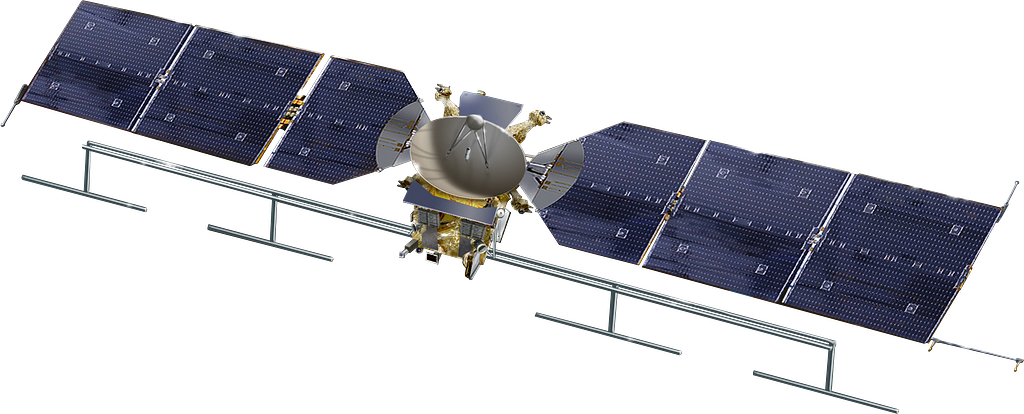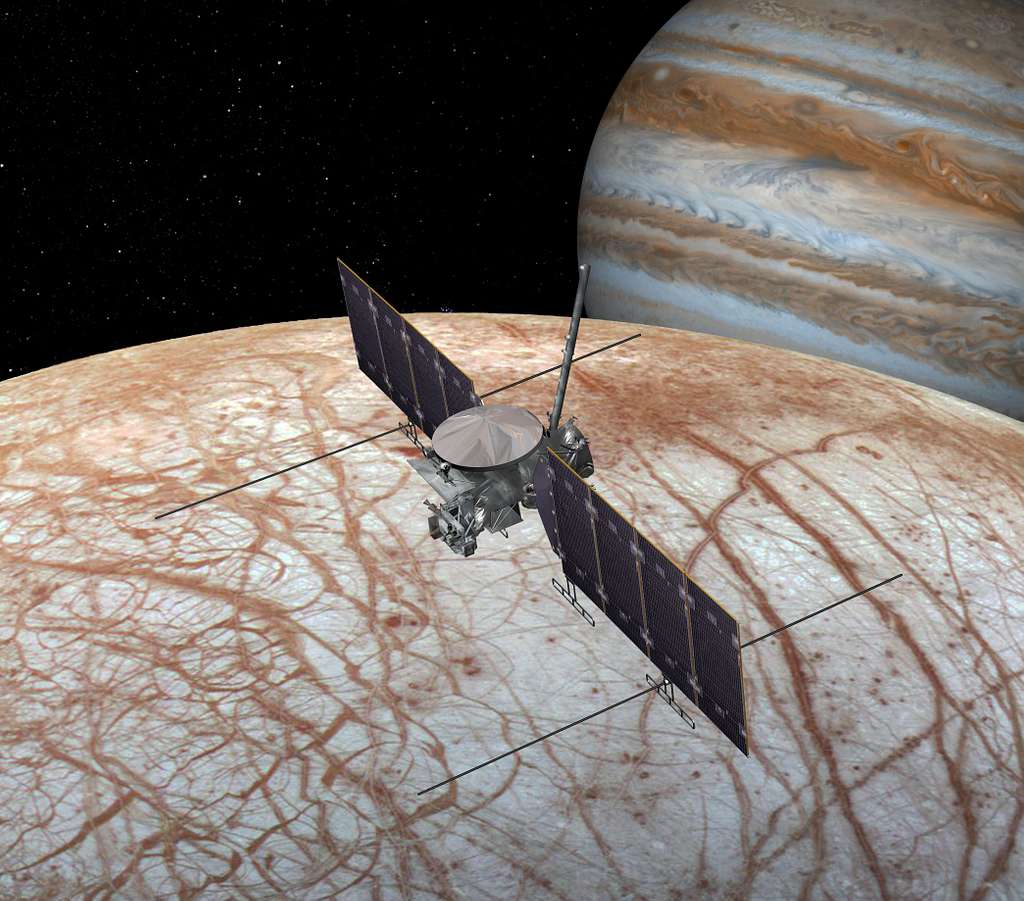NASA Approves Mission to Search for Life on Jupiter’s Moon Europa 🌍🚀
NASA is all set to launch its ambitious Europa Clipper mission after resolving a technical scare involving the spacecraft’s circuitry. The mission, aimed at exploring Jupiter’s moon Europa, will search for signs of life in its vast, potentially life-sustaining ocean hidden beneath a thick layer of ice. 🌊🧬
Technicians at the Kennedy Space Center recently prepped the spacecraft’s 3-meter-wide antenna, bringing it one step closer to launch. The spacecraft is massive—standing at 5 meters tall and spanning over 30 meters when its solar panels are extended. This is NASA’s largest spacecraft ever built for a planetary mission. 🌌
Mission Objectives 🌌🔍
Scheduled to launch on October 10, the Europa Clipper will make its way to Jupiter by April 2030. Once there, its nine advanced instruments will study Europa’s icy surface and the ocean that scientists believe lies underneath. 🌍 Previous data suggests this ocean contains more water than all of Earth’s oceans combined, making Europa a prime candidate for the search for extraterrestrial life. 🌊👽
According to scientists, Europa’s young, fissured surface may indicate active geology, suggesting the moon’s interior could be warm and dynamic enough to support the complex chemistry of life.

Challenges Along the Way 🛠️⚡
Before the upcoming launch, the mission faced several hurdles, including the discovery of potentially faulty transistors called MOSFETs, which act as electrical switches on the spacecraft. Given Europa Clipper’s close encounters with Jupiter’s intense radiation field, any malfunction could have jeopardized the mission. Jupiter’s radiation is 20,000 times stronger than Earth’s, meaning the spacecraft will be exposed to a barrage of charged particles during its 49 planned flybys of Europa.
In response, NASA engineers carried out around-the-clock testing to evaluate the spacecraft’s circuits. The solution? The orbiter’s transistors can self-heal between radiation-heavy flybys, allowing the mission to continue without delays. 💡
A Revolutionary Mission 🚀🧬
Once in orbit, Europa Clipper will investigate whether the moon contains the ingredients necessary for life. While it may not directly detect life, the spacecraft’s observations could reveal the presence of liquid water, chemical building blocks, and geological activity, key indicators that life could exist beneath Europa’s frozen surface.

Looking Ahead 🛰️✨
Despite past setbacks—including changes to its launch vehicle and budget cuts—the Europa Clipper mission is now on track. It will ride to space aboard a SpaceX Falcon Heavy rocket, marking a significant step forward in humanity’s search for life beyond Earth. 🌍🔭
Stay tuned for more updates on NASA’s most exciting mission yet!
